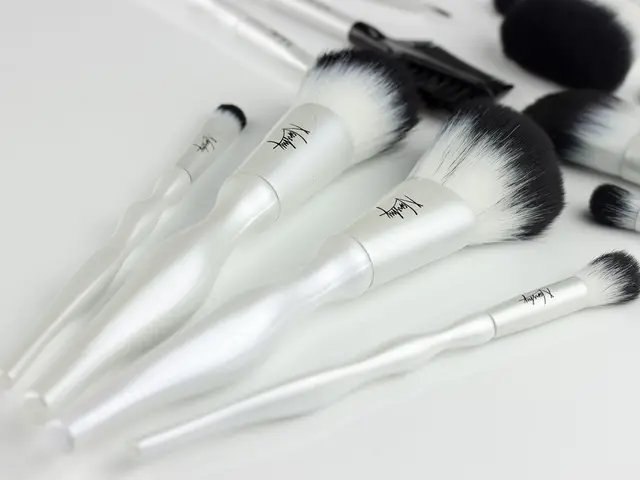Distinguishing Body Positivity from Body Neutrality: Key Points Explained
Let's dive into the world of body image, where two powerful movements – body positivity and body neutrality – are shaking things up. Ready to learn about these movements and tips on finding peace with your bod?
First off, body positivity. It's all about embracing your body, warts and all, regardless of size, shape, or color. The movement emerged from the fat rights movement of the 1960s, with the publication of an article called "More People Should Be FAT!" This inspired the creation of the National Association to Advance Fat Acceptance (NAAFA), a group that fights for the rights of the plus-sized community. Through the power of social media, body positivity gained momentum in the late '90s and early 2000s, helping to grow a community of people who fiercely celebrate their bodies.
But it hasn't all been sunshine and roses. Critics point out that body positivity can sometimes be unrealistic and exclude certain groups, such as people of color, those with disabilities, and the LGBTQIA+ community. Some even argue that it borders on toxic positivity, pushing people to feel something they don't.
On the flip side, body neutrality is the middle ground between loving your body and hating it. It's all about accepting and respecting your body, rather than fixating on appearance. This mindset acknowledges that our bodies are largely influenced by genetics and we can't control or manipulate them. Instead, we should focus on what our bodies can do for us. The term "body neutrality" started popping up online around 2015, and it's gained popularity since then.
So, which is the right move for you? It all depends on your personal feelings and preferences. If positive affirmations inspire you, body positivity might be your jam. If affirmations feel inauthentic, body neutrality could be the better fit. And remember, it's okay to find a balance between the two, mixing and matching as needed.
Now, let's chat about how you can help kids develop a positive body image. Here are some tips to be a good role model for your little ones:
- Nix the diet banter: Diets perpetuate the idea that we need to change our bodies, which can be harmful for kids.
- They're always listening: Be mindful of the words you use when talking about your body, as kids soak up these messages.
- Dress for comfort: Encourage your kids to wear clothes that make them feel good and comfortable.
- Focus on function: Instead of focusing on appearance, praise your kids for what their bodies can do.
- Monitor social media: Make sure the content your kids consume promotes positive body acceptance.
- Step up when criticism arises: Show your kids how to talk about their bodies in a positive or neutral way.
There you have it – a breakdown of body positivity and body neutrality, along with tips for helping kids build a strong, positive body image. Embrace your bod and be kind to yourself!
In the realm of personal well-being, the intersection of health, lifestyle, and mental health plays a significant role. A wellness routine that encompasses yoga, meditation, and a balanced diet can contribute positively to mental health. aspects like body positivity and body neutrality.
Body positivity encourages individuals to accept and love their bodies regardless of size, shape, or color. It is closely connected to health-and-wellness initiatives, promoting self-care and self-love. The environmental movement is not excluded from this, as food that is locally sourced and organic can also iterate the importance of self-care, supporting a healthier planet and our well-being.
Body neutrality, on the other hand, calls for acceptance and respect of one's body, yet avoiding a focus on appearance. This mindset aligns with science, as it acknowledges the genetics and biology that influence our bodies. For instance, in the educational sphere, learning about the human body and its functions can aid in developing body neutrality.
Both movements are foundational in various aspects of modern society, such as fashion-and-beauty, where promoting body diversity and inclusivity can elevate one's self-image. Education on mental health and its importance can further support these movements, emphasizing the interconnectedness of health, body image, and mental well-being.








